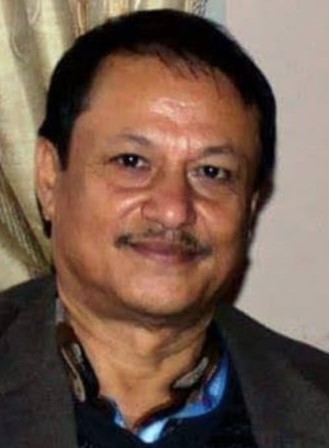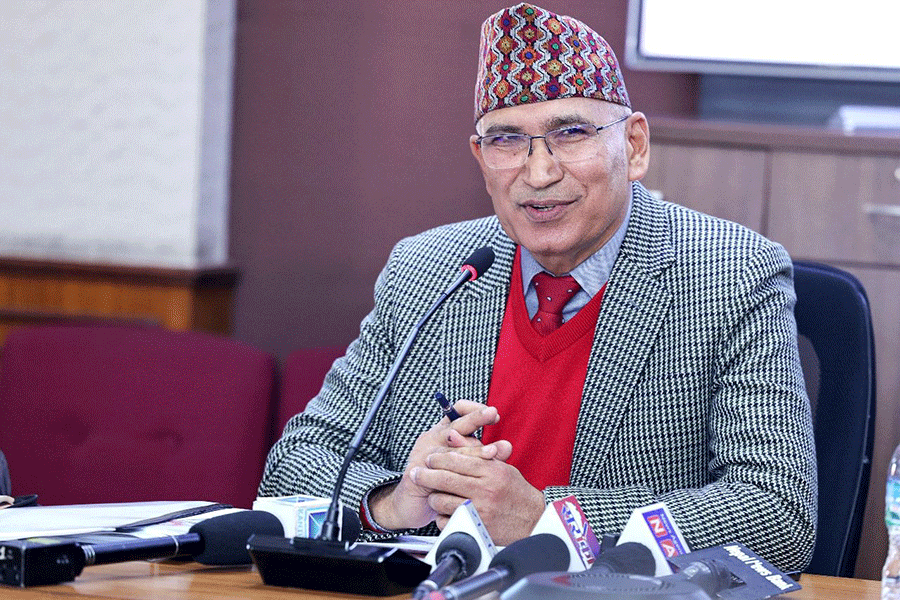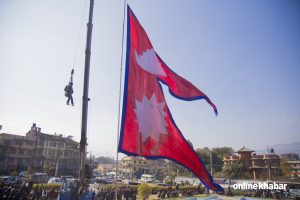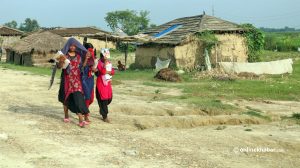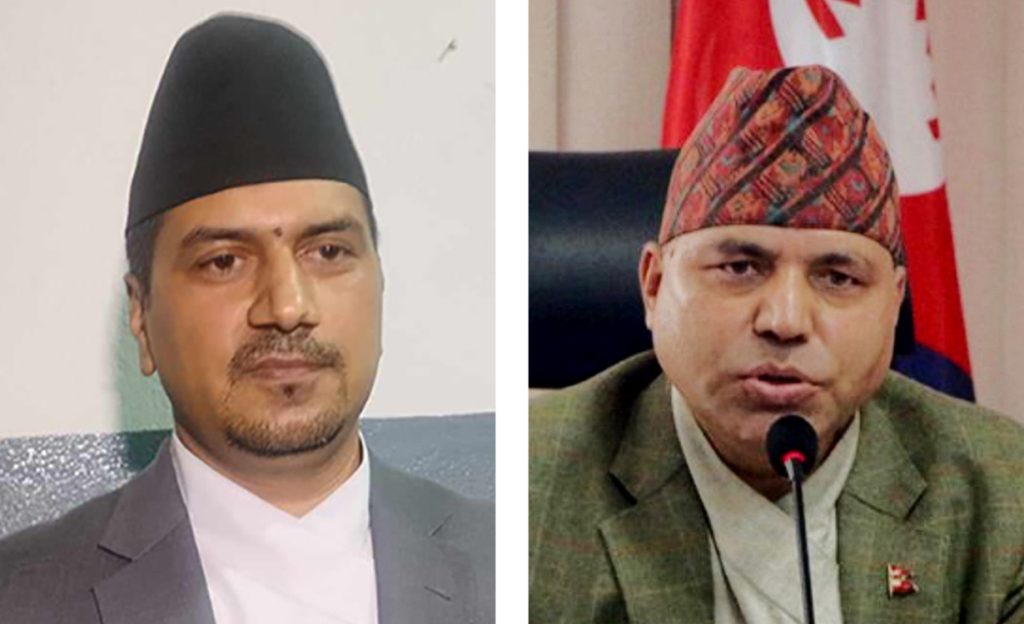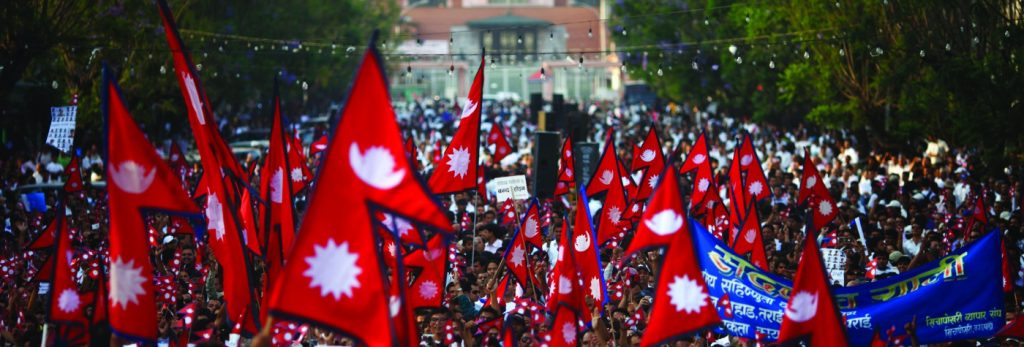
Nepal’s political journey, marked by instability and frequent constitutional changes, reflects the country’s intricate and shifting governance landscape. From the end of the Rana era in the late 1940s to today, Nepal’s constitutional history illustrates ongoing struggles for democratic stability, effective governance, and national identity.
So, let’s delve into an overview that traces the evolution of Nepal’s constitutional framework from 1948 to the present, highlighting key milestones, the underlying causes of instability, and the impact of these changes on the nation’s political landscape.
The early years: 1948–1950s
Nepal’s constitutional history began with the end of the Rana regime, a century-long autocratic rule by the Rana family. In 1948, under the direction of the then Rana Prime Minister Padma Shumsher Rana, a constitution called Nepalko Baidhanik Kanoon-1948 was drafted to navigate the global changes following World War II. However, the proposed constitution was never implemented. Instead, Padma Shumsher Rana was ousted from power and exiled by the hardliners within his own ruling family. The initial attempt to democratize was marked by the introduction of the “Constitution of Nepal 1951” (also known as the Interim Constitution of 1951). This constitution established a constitutional monarchy with a democratic framework, albeit with limited power.
The early years were marked by political experimentation and instability. Transitioning from autocracy to a constitutional monarchy was fraught with challenges, including entrenched political factions and unclear governance direction. The new system struggled to establish stable democratic norms and effective governance, setting the stage for future conflicts.
The 1959 Constitution and political fluctuations
In 1959, Nepal introduced its first democratic constitution under King Mahendra, known as the “Constitution of Nepal 1959.” This constitution established a multi-party democratic system with a parliamentary government and guaranteed civil liberties. However, the democratic experiment was short-lived. By 1960, King Mahendra dissolved the elected parliament, citing inefficiency and corruption, and replaced it with the Panchayat System in 1961.
The Panchayat System, a party-less autocracy, concentrated power in the monarchy and suppressed political opposition. This era, which lasted until 1990, was characterized by political repression and limited democratic freedoms, leading to widespread frustration and dissent. The lack of democratic institutions and centralized power fueled growing dissatisfaction, eventually leading to demands for reform.
The 1990 Democratic Movement and the Constitution of 1990
In 1990, the political landscape underwent a major shift with the “People’s Movement” (Jana Andolan I), fueled by widespread public discontent and demands for democracy. This movement successfully pressured King Birendra to reinstate multiparty democracy, resulting in the adoption of the “Constitution of Nepal 1990.” This new constitution reintroduced a parliamentary democracy and curtailed the powers of the monarchy, setting the stage for democratic reforms and enhanced civil liberties.
Despite these advancements, the democratic framework faced significant challenges. Persistent political instability, driven by factionalism, corruption, and inadequate governance structures, continued to undermine the stability of the 1990 Constitution.
The Maoist insurgency and its aftermath
The 1990s witnessed a dramatic rise in political instability with the onset of the Maoist insurgency in 1996. The Maoist Communist Party, disillusioned by the slow pace of democratic reforms and persistent socio-economic inequalities, launched an armed struggle to overthrow the monarchy and establish a communist republic. This decade-long conflict led to widespread violence and disruption, exposing deep divisions within Nepali society and the shortcomings of the 1990 Constitution in addressing systemic issues.
The insurgency highlighted the weaknesses in the democratic framework and fueled demands for more comprehensive reforms. The conflict concluded with the Comprehensive Peace Accord in 2006, which set the stage for drafting a new constitution and marked a pivotal moment in Nepal’s political history.
Transition to the Federal Democratic Republic
The end of the Maoist insurgency heralded a new era of constitutional development. The “Interim Constitution of 2007” established the foundation for a federal democratic republic and created a Constituent Assembly to draft a permanent constitution. The “Constitution of Nepal 2015,” promulgated on September 20, 2015, was a landmark achievement, introducing a federal structure with seven provinces, secularism, and various rights and protections for citizens.
However, the 2015 Constitution faced immediate controversy. Disputes over federal boundaries and provisions related to citizenship and representation drew criticism from various groups, including ethnic and indigenous communities. The devastating earthquake of April 2015, combined with ongoing political disputes, further complicated the implementation of the new constitution.
Constitutional amendments and current challenges
Since its adoption, the 2015 Constitution has undergone several amendments to address grievances and contentious issues. These amendments have aimed to resolve disputes over federal boundaries, citizenship laws, and other critical areas. Despite these efforts, political instability persists, marked by frequent government changes, party infighting, and regional tensions.
Challenges in governance, economic development, and social integration have further exacerbated instability. Ongoing debates about the effectiveness and inclusivity of the constitutional framework underscore the continuing difficulties in achieving stable and effective governance.
Navigating the path forward
Nepal’s political instability and frequent constitutional changes reflect a broader struggle to balance democratic ideals with practical governance needs. From the early democratic experiments of the 1950s to the present federal republic, Nepal’s constitutional history reveals a narrow vision among its framers, who often prioritized their own interests over the inclusion of Indigenous, Madhesi, and marginalized communities—constituting about 80 per cent of the population—in the corridors of power.
To address the root causes of instability, it is crucial to develop inclusive and resilient political institutions, foster dialogue and compromise among diverse groups, and tackle socio-economic disparities. As Nepal continues to navigate its complex political landscape, understanding and addressing these challenges will be vital for achieving lasting stability and democratic maturity.


